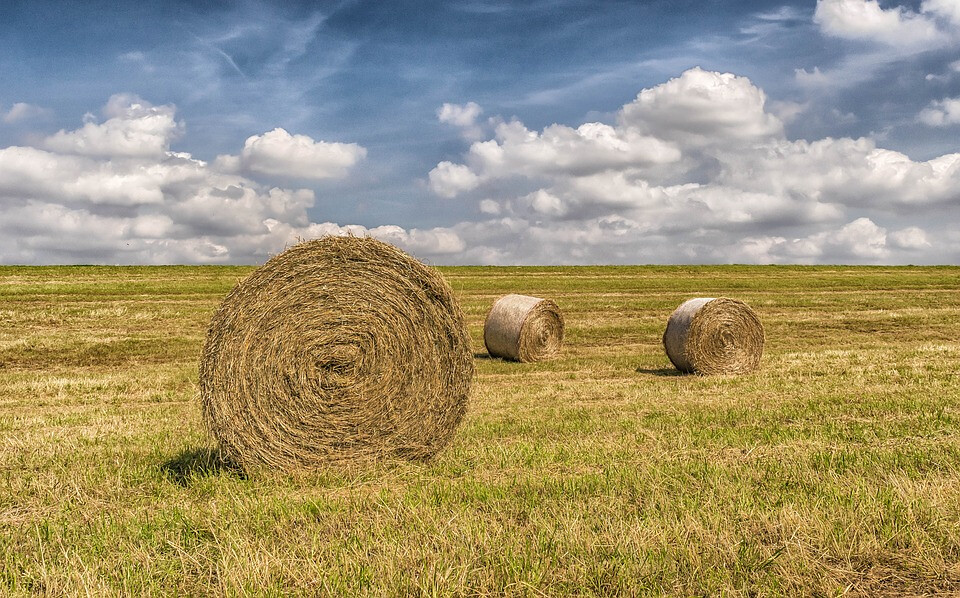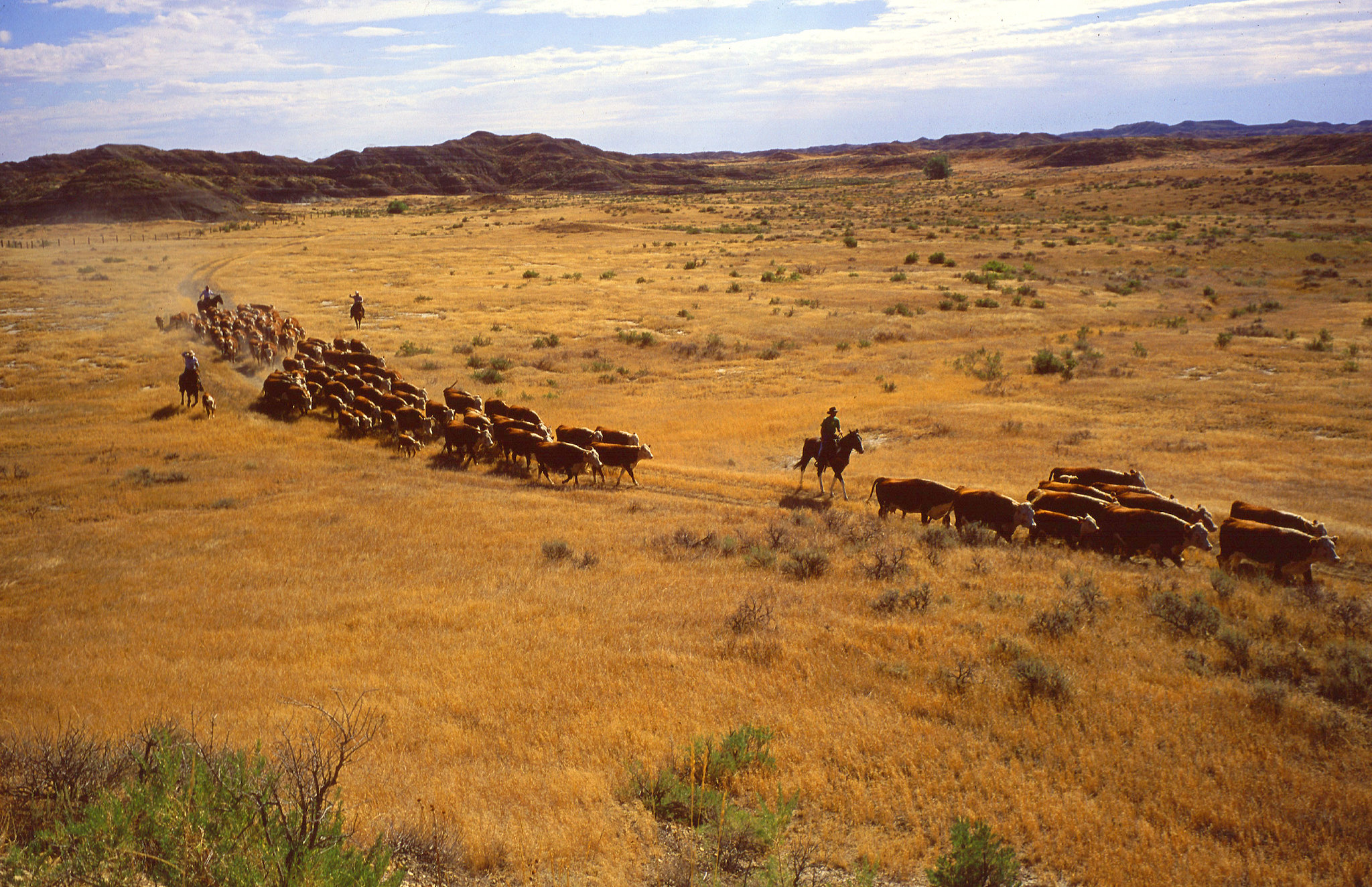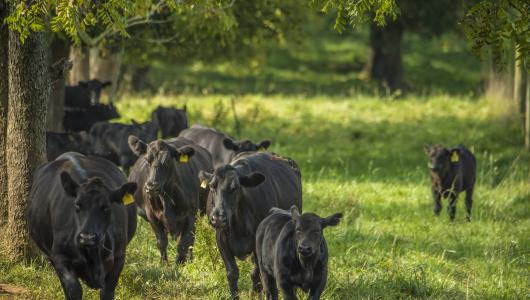As you all well know, farming and ranching can be stressful in the best of times. For nearly two years now, producers have been dealing with additional, unprecedented stressors, from the ongoing pandemic and its market impacts, to more frequent, more intense natural disasters. 2021 was a particularly tough year, and many producers across the nation were hit hard by extreme weather events, including hurricanes, prolonged drought, tornadoes, and winter storms.
Here at USDA’s Farm Service Agency, I want to take this opportunity to remind you of deadlines that are coming up for 2021 disaster programs. Two of those programs – the Emergency Assistance for Livestock, Honeybees, and Farm-raised Fish Program (ELAP) and Livestock Forage Disaster Program (LFP) – have a January 31, 2022*, deadline to file an application for 2021 losses, however producers are urged to get these applications in as soon as possible.
Emergency Assistance for Livestock, Honeybees, and Farm-raised Fish Program
ELAP provides financial assistance to eligible producers for livestock, honeybee, and farm-raised fish losses due to disease and certain adverse weather events or loss conditions. In 2021, in response to the severe drought conditions in the West and Great Plains, FSA updated ELAP policy to help cover the cost of transporting feed for livestock that rely on grazing. I encourage producers to utilize FSA’s online tool, which we made available to help ranchers document and estimate payments to cover feed transportation costs caused by drought. FSA also lowered the drought intensity threshold to trigger assistance for water hauling expenses.
Additionally, in 2021 and in response to catastrophic aquaculture losses due to major winter storms, USDA updated ELAP policy to make food fish and other aquatic species eligible for ELAP assistance from now on.

Livestock Forage Disaster Program
LFP provides payments to eligible livestock producers who have suffered grazing losses on land that is native or improved pastureland with permanent vegetative cover or is planted specifically for grazing. The grazing losses must be due to a qualifying drought condition or fire on federally managed land during the normal grazing period for a county.

Applying for ELAP and LFP
To receive ELAP or LFP assistance, please file your application with the FSA county office at your local USDA Service Center. As deadlines approach, I’d like to encourage producers to apply as soon as possible to expedite 2021 payments ahead of additional disaster assistance that may become available.
For ELAP, in addition to applying, you must have submitted a notice of loss to the local FSA office that maintains the farm records for your operation. For honeybee losses, the notice of loss must have been submitted 15 days after loss was apparent, and for livestock and farm-raised fish losses, reports must have been submitted 30 days after loss was apparent.
For LFP, contract growers must include a copy of the grower contract and any other supporting documents required for determining contract grower eligibility. As with all our programs, if you’re unsure of your eligibility, please submit an application.
Additional Deadlines
In addition to ELAP and LFP, I also want to remind you of the March 1, 2022, deadline for the Livestock Indemnity Program (LIP). LIP provides benefits to livestock owners and contract growers who experience livestock deaths exceeding the normal mortality, due to specific adverse weather, disease, or animal attacks.
Last but not least, I’d like to visit about the Emergency Conservation Program (ECP). Many of you have been able to use this program and benefit from the increased flexibilities we’ve implemented. Our ECP is administered by FSA state and county committees and county offices, and they must establish a signup period ranging from 30 to 60 days. Unfortunately, droughts don’t abide by our timeframes and the one we’re experiencing in many parts of the country lingers on beyond these established signup periods. In cases where drought impacts have persisted beyond the original 30–60-day signup period, producers are still encouraged to apply and we will authorize an additional 30-60 day signup period as needed.
Other Deadlines Approaching
In addition to disaster assistance, deadlines for other USDA programs are quickly approaching including:
- Organic and Transitional Education and Certification Program on February 4, 2022
- Dairy Margin Coverage and Supplemental Dairy Margin Coverage on February 18, 2022
- Spot Market Hog Pandemic Program on February 25, 2022
- Agriculture Risk Coverage and Price Loss Coverage on March 15, 2022
View our Programs Deadline webpage to see full list of upcoming deadlines. Not all programs are deadline dependent, so please visit farmers.gov to access additional resources like the Disaster Assistance Discovery Tool, Disaster Assistance-at-a-Glance fact sheet, and Farm Loan Discovery Tool. These resources can help producers and landowners determine all program or loan options available for disaster recovery assistance. You can also visit our new webpages for recovery options from winter storms, hurricanes and drought. For assistance with a crop insurance claim, you should contact your crop insurance agent. For FSA and NRCS programs, contact your local USDA Service Center.
As always, I encourage you to reach out to me with any concerns, questions, or suggestions.
Your Administrator,
Zach Ducheneaux
*Deadline has been updated to Monday, Jan. 31, 2022, as the procedural application deadline of Jan. 30, 2022, falls on a Sunday.


